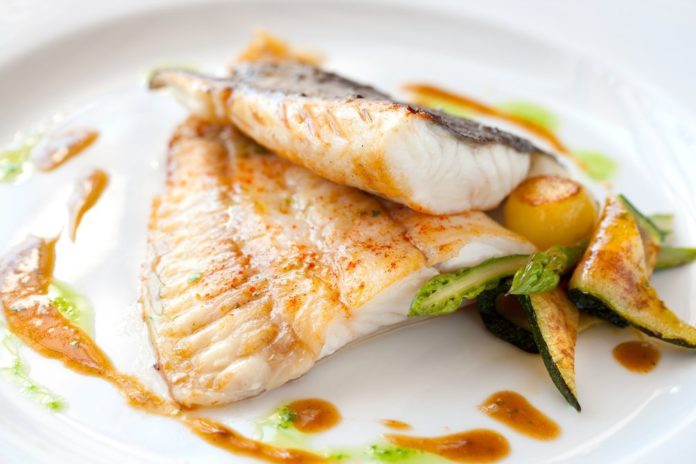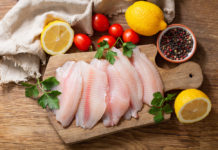Dusting off the grill is the best way to start summer. There’s nothing that compares to the charred flavor that only comes from cooking over an open flame. The best part? Because the grill does most of the heavy lifting, preparing fresh seafood and veggies for the grill can be pretty simple. Often just a little salt, pepper and oil will do, but there are also no-fuss marinades and sauces that can elevate the flavor even further.
The most intimidating part of grilling is often setting up the grill and knowing whether you have the right temperature and when your food is finished cooking. However, becoming a master barbecuer is easier than you think—all you need is a little grilling know-how.
Gas vs. Charcoal — Know Your Preference

Knowing whether to cook with a gas or charcoal grill is the first step. While gas won’t create sooty-smoke, it also doesn’t give that smoky charcoal taste. It’s mostly a matter of preference and available space to house your grill, so simply decide which one you like best, then it’s time to get cooking.
Prep Like a Pro
Just like an oven, let your grill preheat by lighting it at least 15 to 20 minutes before you use it. To keep items from sticking, soak a rag or paper towel in a high-heat oil like canola, vegetable or grapeseed, and coat the grates. Just be sure to use tongs to keep your hands safe from the heat.
Presentation is Everything

One of the easiest ways to make your grilled goods taste delicious and look enticing is to use skewers and planks. A cedar plank, for example, can be placed under a cut of fish like Tilapia. The heat of the grill infuses the cedar flavor in the seafood, and can be used as a rustic platter to serve it on. This looks ultra impressive, but couldn’t be simpler!
Skewers are fun and portable for a backyard bbq, and can be loaded up and marinated way ahead of time. Skewered proteins cook much faster, too, so you’ll have your guests well fed in no time. Just make sure to soak your skewers in water first (before adding protein) so that they don’t burn on the grill.
Knowing When to Cook on an Open Flame
Direct grilling involves placing an item directly over the open flame, whereas indirect might mean placing it to the side, almost like letting it bake or roast. Items like vegetables that are quicker-cooking should be exposed directly to the flame, whereas items that need longer cooking times — like seafood — will suffer from an overdone outside and raw insides when cooked directly. Keep these items to the side for a long, even cook. Grilling baskets are great for exposing items partially to flames, while also making them easy to move and toss. This method is perfect for baby potatoes or green beans, but also makes cooking small seafood items like shrimp a breeze.
Rest Your Proteins Before Serving

Resting is a crucial step for cooking proteins properly. As the heat rises, “juices” will gather on the outside of the item and resting allows them to redistribute, making every bite evenly moist and tender.
Tidying Up
A hot grill will keep food particles from becoming a baked on mess, so grab a stiff grill brush and give the grate a good scrub after the festivities (and the fire) have died down. This will keep it in great shape for your next grilling adventure. Also, the cleaner the grill, the crisper the grill marks!
Go ahead and fire up the grill for your next gathering! With these hot tips, your first backyard barbecue of the season is guaranteed to be a success.
Discover some of the best side dishes to throw on the grill to really complete the party.
Photo Credits: karelnoppe / Shutterstock Inc., Ramona Heim / Shutterstock Inc., Andrii Koval / Shutterstock Inc., Stephen VanHorn / Shutterstock Inc.






